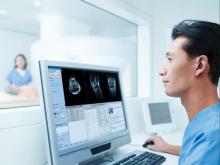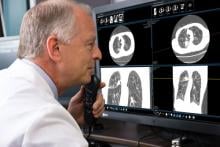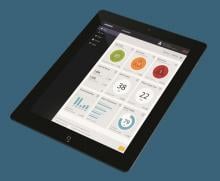Predictive analytics platform Spreemo has entered into a strategic research partnership with the University Radiology Group (URG), one of the nation’s pre-eminent radiology practices performing approximately 1.8 million patient imaging exams annually. Spreemo, through its Quality Research Institute, and URG will jointly investigate the effect of various factors in the delivery of care, including patient diagnoses and how these impact the ensuing outcomes and overall cost.
© Copyright Wainscot Media. All Rights Reserved.
Subscribe Now









